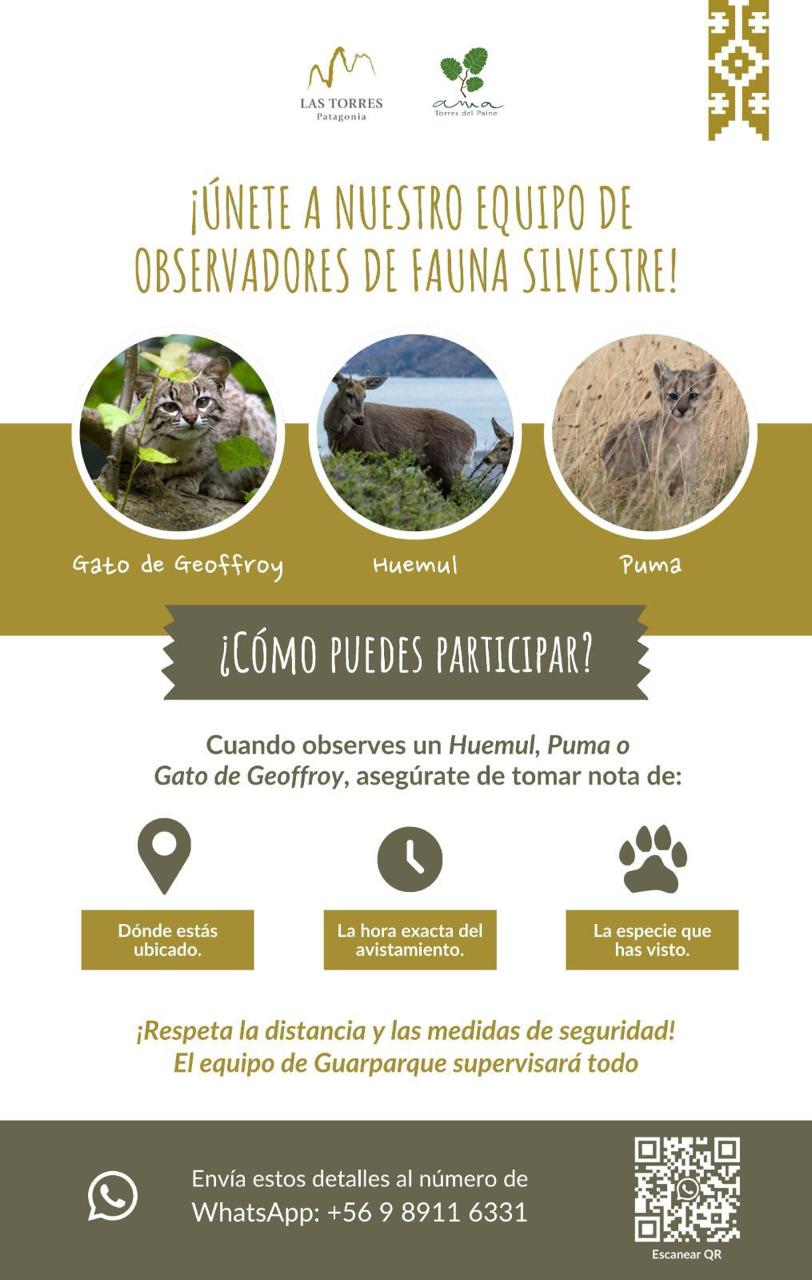The species, classified as “alien and invasive,” poses a threat to different animals in the national park, including ground-nesting birds, aquatic fauna and others in the ecosystem.
Torres del Paine, December 30, 2024 – The sighting of a new mammal in Torres del Paine National Park has raised the alarm for the National Forestry Service (CONAF), the Agricultural and Livestock Service (SAG) and leading regional authorities. That mammal, the American mink, is one of the most harmful invasive alien species to native fauna, and the recent sighting has prompted the introduction of a series of protocols aimed at protecting local species that could be endangered by its presence.

This mammal poses a threat both to the fauna of Torres del Paine National Park and to livestock in the region’s agricultural sector. The American mink (Neovison vison) feeds mainly on ground-nesting birds, a wide range of aquatic species and other animals, some of which face threats to their conservation.
According to SAG, minks have caused a significant decline in native fauna in many countries, and even some local extinctions. They can hunt larger animals and fiercely defend themselves against other competitors; they have no natural predators and are not afraid to approach human settlements to hunt poultry, especially in coops, where a single mink can instinctively kill dozens of birds that it cannot consume.
CONAF Regional Director Mauricio Ruiz Bustamante is calling on community members and visitors alike “to take part in this collective effort to protect the biodiversity of Torres del Paine National Park and the Magallanes Region,” adding, “the timely detection and reporting of mink is the key to minimizing their impact and ensuring the conservation of this valuable ecosystem.”

Las Torres Patagonia, a private company operating in the heart of Torres del Paine National Park, has joined forces with the NGO AMA Torres del Paine to support the authorities’ alert, setting up a hotline for reporting mink sightings.
Reports can be sent to WhatsApp +569 8911 6331 and should include the location where the animal was sighted, the exact time, and the species. Mink can be identified by their long, sleek body, short legs and dark brown to black coat. They are 60 centimeters in length (30-40 cm body and 10-20 cm tail). Males are larger than females. Their distinguishing features include rounded ears that protrude only slightly above the head and a white patch of varying size on the chin.